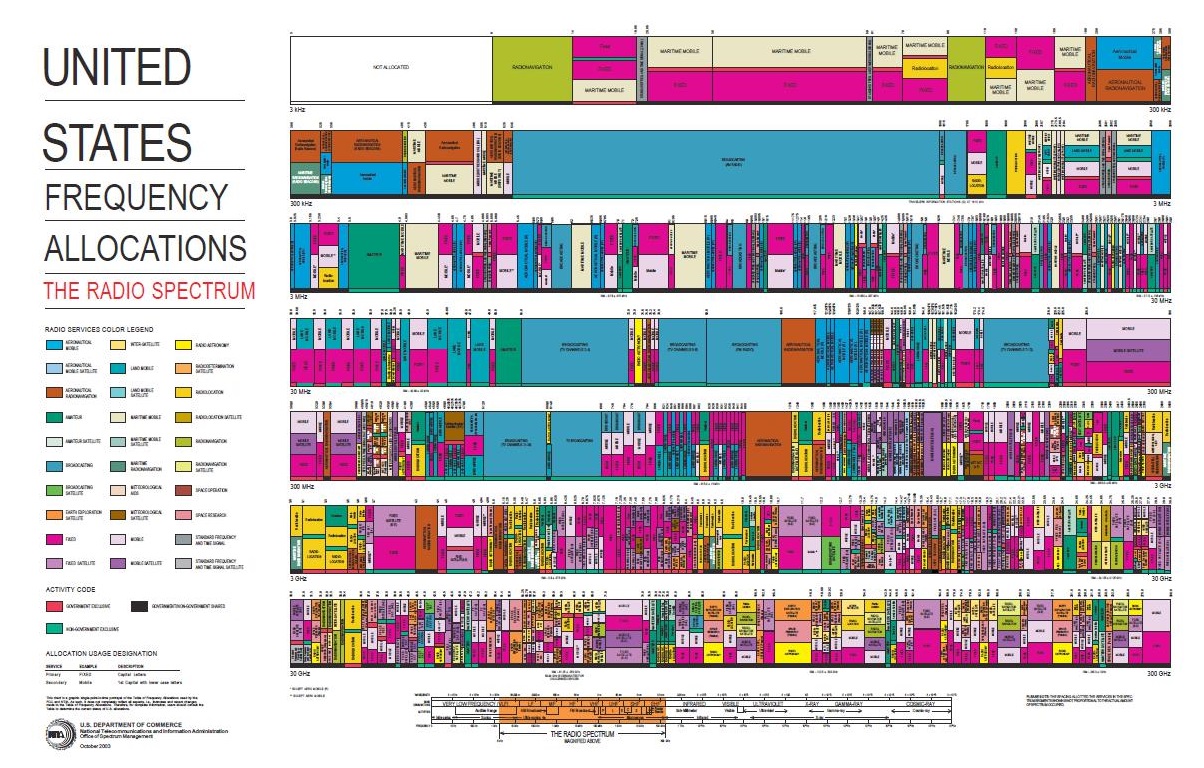Technological developments have continued to increase the importance of radio spectrum, with citizens, companies, and government users increasing their use of wireless-enabled services of all kinds, from smartphone apps to satellite navigation. Since technology places limits on the coexistence of multiple radio systems, usage rights must be allocated among various competing uses.
Currently, the management of the wireless spectrum in the United States (and in many other countries) is heavily constrained by government regulation. That makes it difficult for spectrum players—whether they are wireless service providers, citizens using unlicensed devices, or government users—to reach mutually agreeable, efficiency-enhancing agreements through direct negotiation with one another.
This Hamilton Project discussion paper describes the importance of moving toward a more economically efficient system for managing the use of wireless spectrum, and proposes concrete policy steps to move us closer to such a system. In particular, it sets forth three pillars of a reformed policy regime:
- Reduce ambiguity about the responsibilities of receivers to tolerate interference by defining harm claim thresholds that state the signal levels that must be exceeded before one operator can claim harmful interference by another;
- Reduce the drawbacks of excessive band fragmentation by introducing band agents that could represent large groups of licensees in negotiating changes in operating rights with neighbors; and
- Move adjudication from the current ad hoc and politically charged process to a more fact-based procedure that can resolve spectrum-related disputes in a timely fashion using judges with expertise in spectrum policy, either in the FCC and/or in a newly created Court of Spectrum Claims.
All three proposals reform the legacy spectrum policy framework by empowering individual spectrum licensees to develop win-win solutions without having to invoke time-consuming regulatory processes. Taken together, these reforms promise to move more spectrum management from a model more closely controlled by regulators to one authorizing end users to make more flexible, win-win uses of spectrum. Based on our rough estimates, we conclude that these reforms could result in a total of a $10 billion per year in additional consumer surplus.



